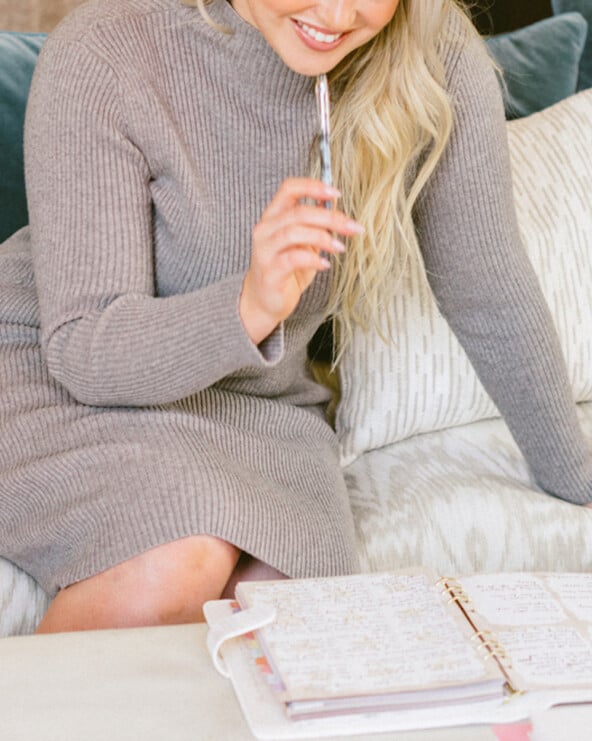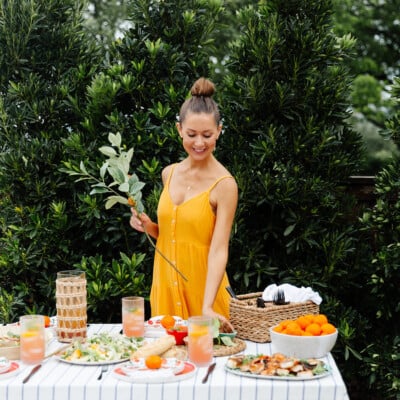I’m not going to lie, yesterday was tough. A few events escalated and my anxiety peaked at what I’d call a 9.99/10. I engaged in a little self-care, did some breathwork, and responded to the stressors in a kind and gentle way. And while I’m well-versed and practiced in these rituals that make me feel strong and supported, learning to embrace vulnerability is never easy.
I don’t blame myself—being able to embrace vulnerability is a big ask. (After all, Brené Brown’s TED Talk wouldn’t have gone viral had it not been for the taboo associations vulnerability once held.) In a culture that’s just now coming around to the reality that to be human means to respond to the complexities of our world with a spectrum of emotion, sharing our true, authentic selves hasn’t always been easy.
Thankfully, “The Power of Vulnerability” has helped us reframe vulnerability not as a weakness, but as an asset—a superpower that can allow us to connect deeper and forge more meaningful relationships because we’re showing up in our most honest form, every moment of every day.
Featured image by Claire Huntsberger.

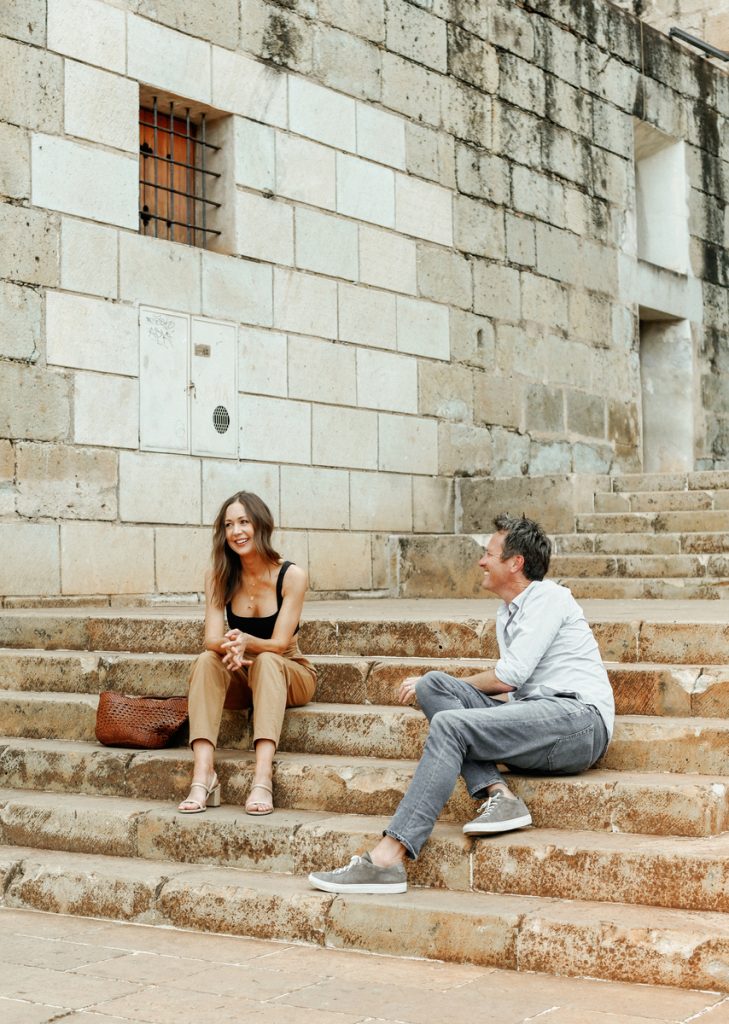
So while I still posted to social media a few aesthetically-placed snippets of my day (ignoring the reality that my OOTD was athletic shorts and the messiest of messy buns), I leaned into these truths about vulnerability. I confided in my partner, cried with my mom, and even texted with a new friend who could share insights into what I was feeling.
Reflecting back on these interactions, yes, it was scary (re: terrifying) to open up about my less-than-perfect day, but where I had the potential to feel isolated in my emotions, I instead felt a greater sense of belonging than I ever knew was possible.
It’s a gift is to be held and loved exactly as we are. And though we fear rejection, embracing vulnerability allows us to take that first step to truly being seen.
Today, I’m diving into the steps that have allowed me to embrace vulnerability at each turn and every challenge. It’s a difficult journey to accepting who we are and sharing that person with others, but trust me, it’s well worth the effort.

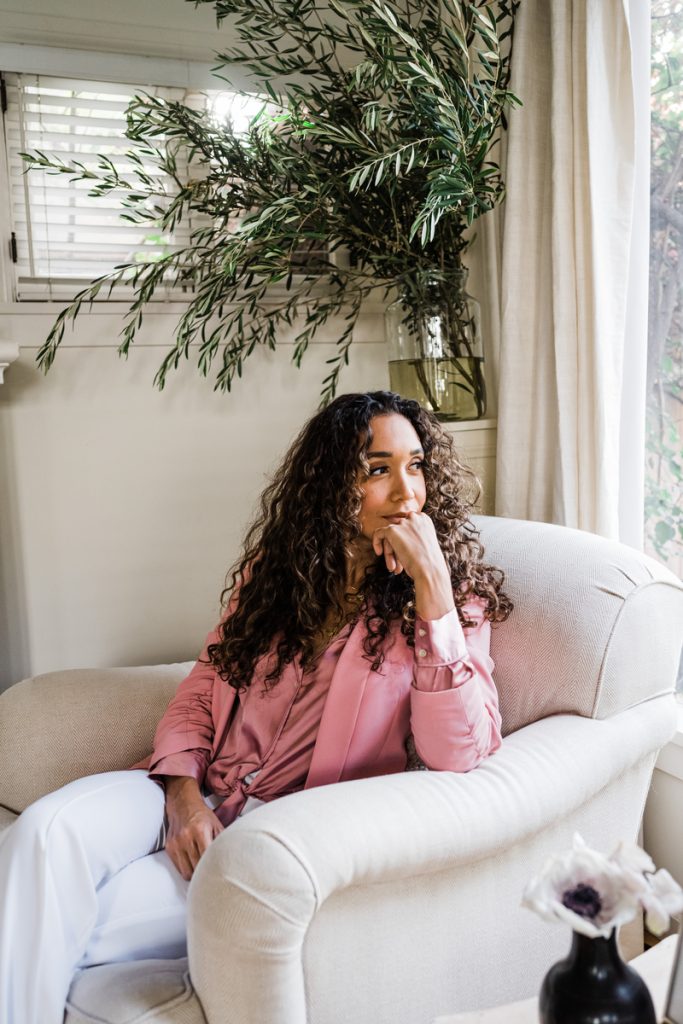
Why You Should Embrace Vulnerability
Believe me, I know how tempting it can be to craft a picture-perfect image of yourself. Our media-driven world is ripe for this sort of curation, where everything feels like a performance instead of an honest moment in our lives. And while I do love that documentation allows us to reflect on our days with a discerning, artistic eye, not living in alignment is exhausting at best.
And sure, everyone’s allowed their right to privacy, but many of the things we keep secret from our followers are the same things that silence us with shame. Brené Brown defines shame as, an “intensely painful feeling or experience of believing that we are flawed and therefore unworthy of love and belonging.” If we hide our authenticity, and ignore the connective power of vulnerability, we stay locked in this shame spiral, trusting that our true selves could never be accepted or loved.
Instead, what being honest, open, and vulnerable affords us is a clear picture and representation of who we are. The adage is true: no one is perfect, and the expectation only compounds the problem the more we hide behind the “real-life” Reels and image carousels that are anything but. As we know, production is a part of everything we do in our digital lives, but we’re not truly free until we release the expectation that everything needs to be beautifully composed or perfectly presented.
What’s more, embracing vulnerability creates space for open dialogues between you and people who feel safe. Again, you don’t have to share your struggles with everyone, but instead, identify a few people you know you can be honest with. From there, it’s likely that your conversations will turn you in a healthy, supported direction.

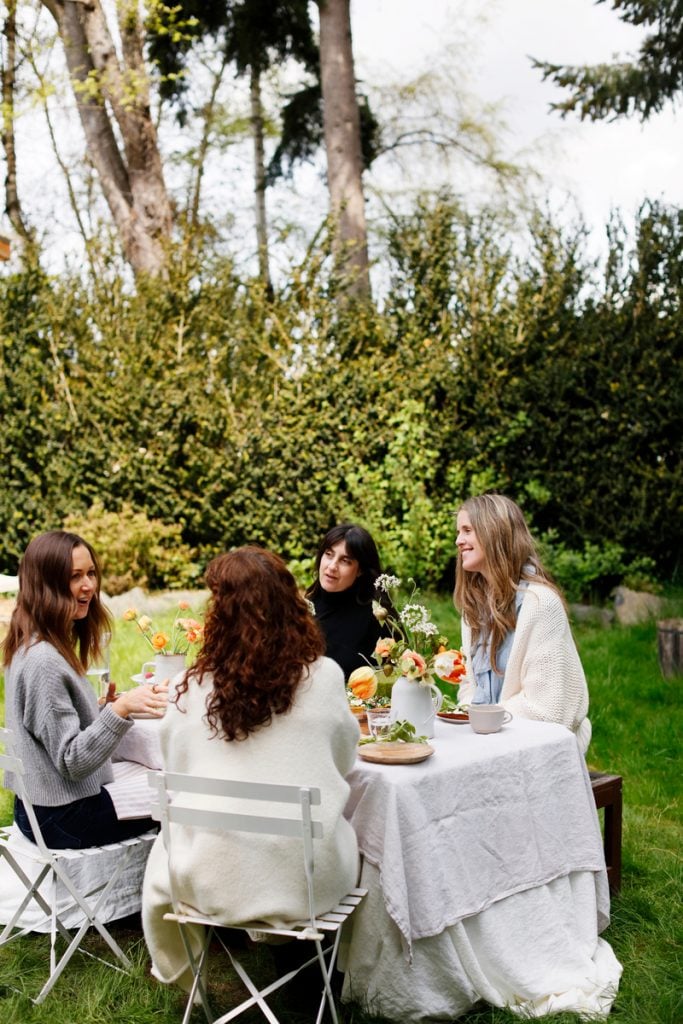
5 Ways to Embrace Vulnerability
1. Ask: What does vulnerability mean to you?
In Brené Brown’s book, Daring Greatly, she defines vulnerability as “uncertainty, risk, and emotional exposure.” Vulnerability is a feeling of discomfort and uncertainty as we move away from our comfort zone and tread forward into the unknown. But I encourage you to go deeper: how do you define vulnerability for yourself? What does it look like? What does it feel like to be vulnerable?
I’ve found that it’s easier to be vulnerable with others the more specific and comprehensive I am with my definition. I know that my chest gets tight and I expect to feel tears begin to brim. By building these expectations, I’m already familiar with the experience before the moment of vulnerability takes shape. I feel these manifestations of fear, and I proceed—because I know that moving forward to a more honest place is better than backing down.
2. Get comfortable with yourself
It’s difficult to be vulnerable with others before taking the time to get honest and deep with yourself. (You have to go inward before you go out, right?) My personal strategy involves doing the things that make me feel most like myself—taking a quiet walk, writing, or doing a little mindful movement. I find that this daily practice sets a solid foundation from which I feel safer and more comfortable connecting with others.


3. Try Something New
While routines and rituals are a wonderful way to help us feel grounded and more in tune with our day, trying something new gets us out of our comfort zone and establishes an environment of vulnerability. Personally, I always default to the things that I know and feel confident doing. Whether it’s the same workout class, re-reading books, or spending time in the same parts of town, I’m naturally attracted to what’s familiar.
But there’s beauty in being a beginner, and challenging ourselves to try something new helps us experience novelty, surprise, and wonder for all that we’re capable of. We not only get to practice vulnerability in a safe environment, but we can even gain a newfound sense of confidence, too.

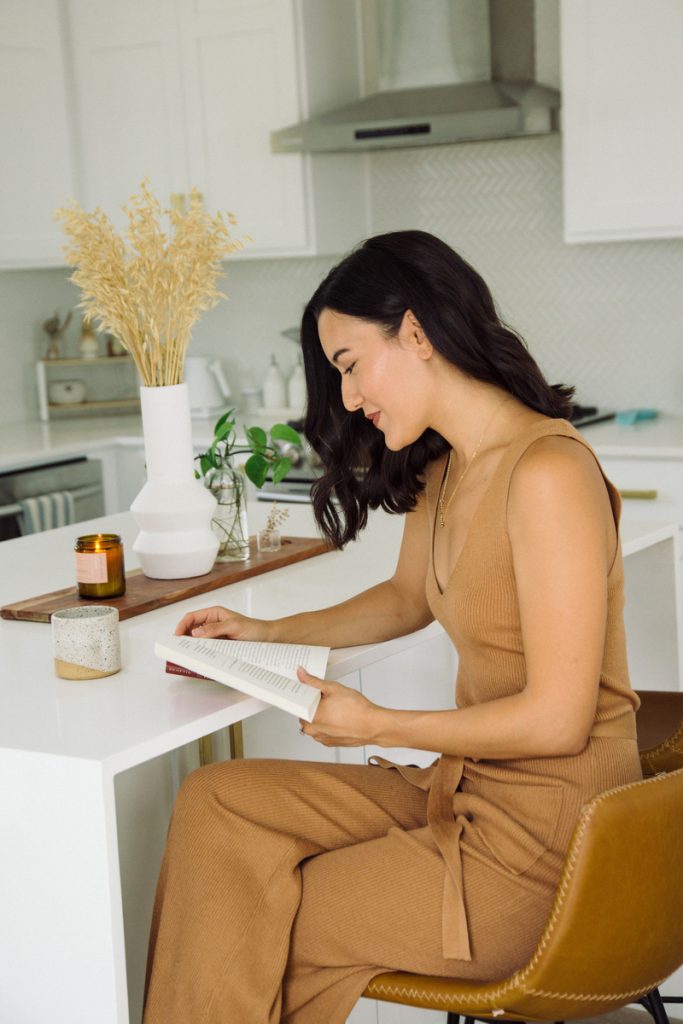
4. Honor what matters to you
Prioritizing yourself—your opinions, preferences, time, and energy—are key parts of being able to embrace vulnerability. If you’ve ever felt the sway of popular opinion or the need to people-please pull you from what’s actually true for you, then you’re probably familiar with how confusing and even demoralizing the experience can be.
By taking the time to develop a more loving and comfortable relationship with yourself (see tip #2), you can become more clear on what is true for you—and what doesn’t fall into alignment with those wants and needs. Acknowledging, voicing, and standing up for your truths is a huge part of boundary setting, and though going against the grain is a vulnerable choice, it’s one that will ultimately serve you better in the long run.
5. Get creative!
As someone who loves any opportunity to get creative and express herself, this is one of my favorite tips. But I get it: opening your work or mode of expression up to criticism can bring on a lot of anxiety and fear. My suggestion? Do it anyway! Flexing your creativity muscles is all about the process, and though you can (and should!) take pride in the result, try mindfully connecting with the creative experience of making, doing, or being instead. If you really want to get vulnerability, do a little show and tell with friends. Who knows—your work, and your vulnerability, might inspire their own.


